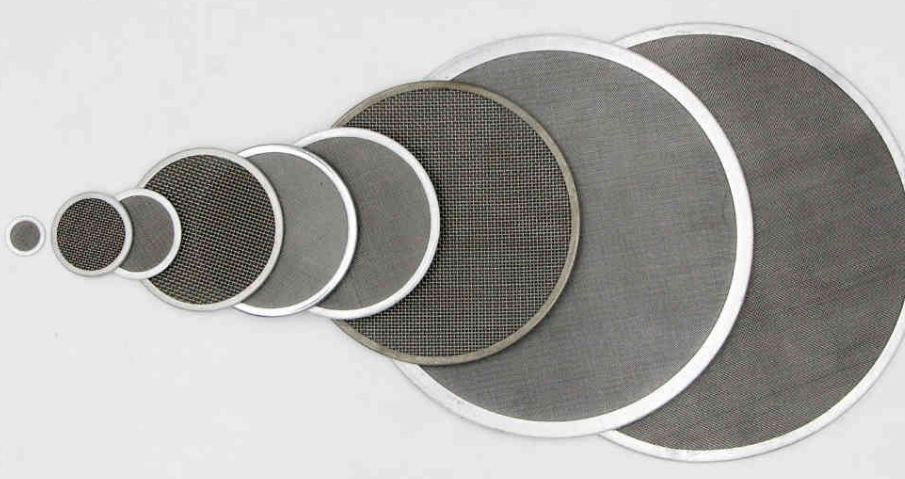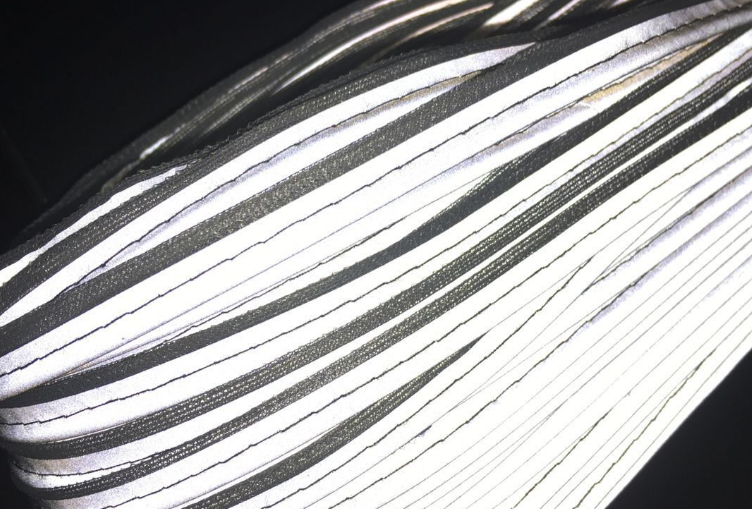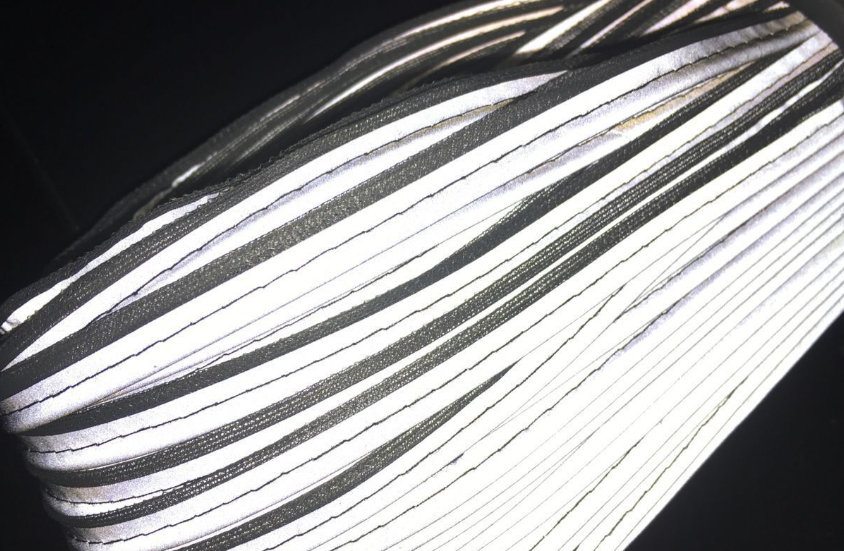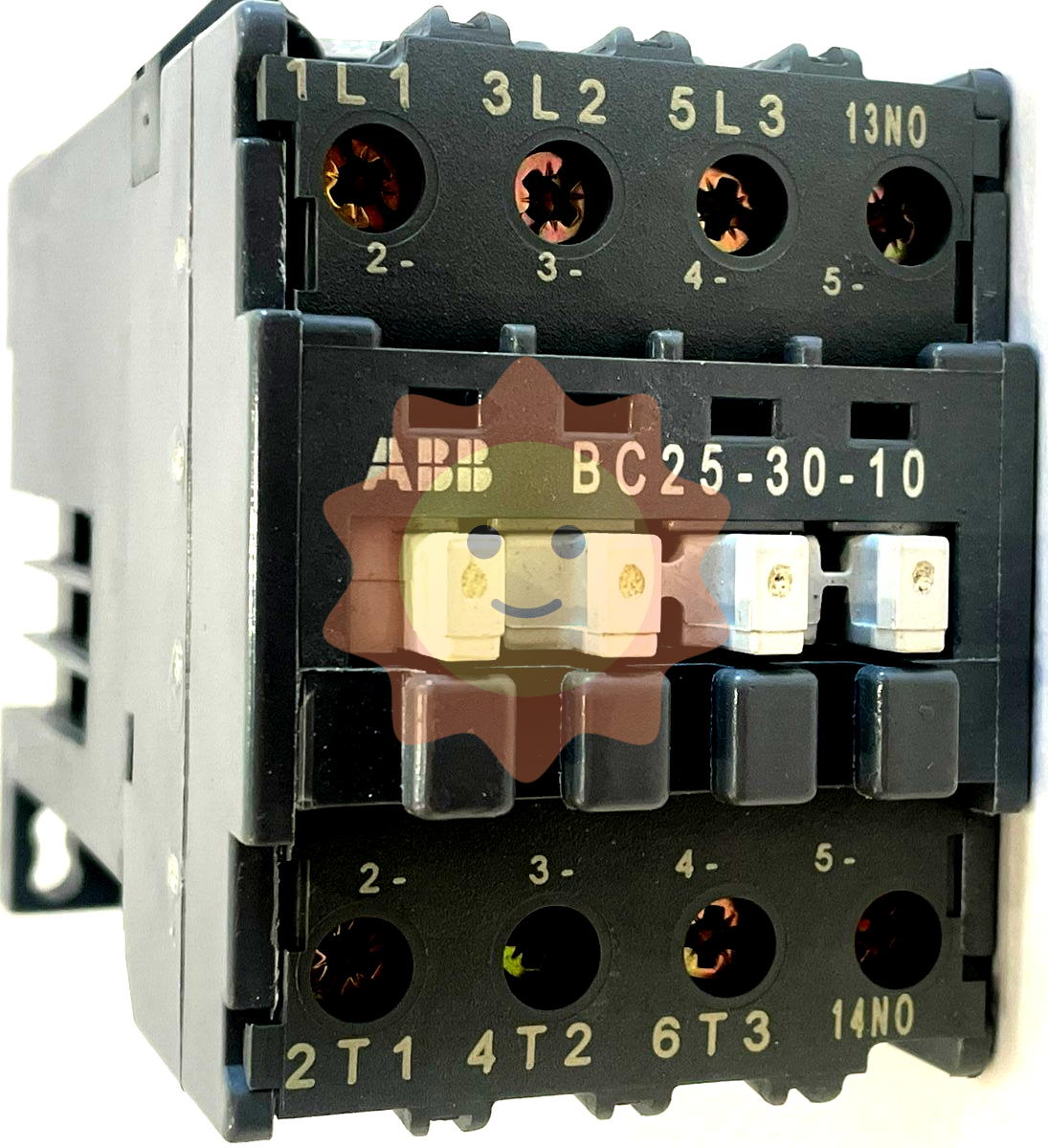Development prospect and investment strategy of China's chemical fiber industry in 2024-2029
(1) The main entry barriers of the chemical fiber industry
1. Product development barriers
Polypropylene production enterprises need to continue to develop high-tech and differentiated polypropylene products in order to adapt to the special needs of downstream customers for green, differentiated, personalized consumption upgrades, and so on, so there are high product development barriers.
Specifically, first of all, enterprises need deep technical precipitation and industry experience, accurately identify customer needs and carry out technical translation and conversion, and develop customized products that meet specific applications. Secondly, the research and development of polypropylene requires professional knowledge such as polymer materials science, the research and development process needs to go through repeated trials and formulation debugging, and the R&D personnel are required to have rich experience in order to ensure the smooth completion of product development. At the same time, in order to make polypropylene products achieve specific colors and functions, the production process requires precise control of technical equipment and process parameters, and requires technical support of research and development database data, so it is difficult to research and development of polypropylene to process feasibility. Therefore, the ability to develop high-tech and differentiated products will become a barrier for new entrants.

2. Production process barriers
The production process barriers of polypropylene products are high, reflected in the following aspects: First, the production of high-performance index products on the spinning temperature, pressure, cooling wind temperature, wind speed and other parameters need to be refined control, the need for enterprises to equip with advanced production equipment, constantly optimize the production process, accumulate production experience. The second is the lack of special equipment for polypropylene production in the industry, usually the use of synthetic fibers such as polyester technology and equipment, but because of the melting point of polypropylene and polyester, glass transition temperature and other physical characteristics are different, polypropylene manufacturers are bound to carry out professional transformation of equipment, in order to improve the suitability of production and product quality and performance. Third, unlike the large-scale production and mature equipment of the polyester industry, technology-oriented enterprises in the polypropylene industry are mostly small-batch and multi-variety production modes, and enterprises also need to optimize the process to improve the flexibility of production. Therefore, new entrants will face high production process barriers.
3. Customer market barriers
The upstream and downstream of the polypropylene industry usually form a relatively stable supply chain relationship, which forms a certain barrier to new entrants. On the one hand, due to the subtle differences in the quality and technical indicators of the fibers produced by different enterprises, for downstream textile enterprises, this difference in raw material indicators will lead to changes in their production process parameters. Therefore, downstream textile enterprises usually choose relatively stable polypropylene suppliers to avoid frequent adjustment of process parameters. To improve production efficiency and ensure the stability of product quality. On the other hand, for the development and application of differentiated products, the technical exchanges between the two sides have been deepened after the establishment of the cooperation relationship, and the cooperation relationship is relatively stable, and downstream enterprises will not easily change suppliers. Therefore, there are customer market barriers in the polypropylene industry.
4. Financial barriers
Chemical fiber industry is a capital-intensive industry. Polypropylene, the main raw material of polypropylene, has a higher purchase price and a larger amount, and the main production enterprises of the above-mentioned raw materials have harsh settlement conditions, so the raw material procurement and production and operation of enterprises need a lot of working capital for turnover; On the other hand, enterprises need to invest a lot of money to buy production lines and testing equipment, and later equipment maintenance is very critical, and it also requires a large capital investment. The above two aspects have higher requirements for the company's capital. Therefore, the polypropylene industry has a high capital barrier.
(2) Favorable and unfavorable factors for the development of chemical fiber industry
(1) Favorable factors for the development of chemical fiber industry
1. Industrial policy provides strong support
According to the "Guidance Catalogue for Industrial Structure Adjustment (2019)", the "development, production and application of high-performance fibers and products" industry of the company is encouraged. The Chinese government has issued a number of policies to support the development of polypropylene industry. "Chemical fiber industry" 13th Five-Year "development guidance" put forward efforts to improve the conventional chemical fiber modification technology and new product research and development level, focus on improving the flame retardant, antibacterial, chemical resistance, UV resistance and other conventional fibers such as polyester, nylon, recycled cellulose fibers, improve the functional, differential fiber varieties proportion. "Textile industry" 13th Five-Year Plan "science and technology progress Outline" coarse denier high-strength polypropylene spinning clay materials "as the" 13th Five-Year Plan "textile industry science and technology research and industrialization project. The support of industrial policy will accelerate the development of China's polypropylene industry.

2. The concept of green environmental protection promotes the development of polypropylene
Traditional chemical fiber manufacturing industry or downstream textile industry due to the production process discharge of a large amount of sewage, resulting in a greater impact on the environment. With the concept of environmental protection deeply rooted in the hearts of the people, the government has introduced policies to gradually eliminate backward production capacity with large pollution, and strives to promote the development of green environmental protection fibers. Polypropylene production is melt spinning technology, no solution is used, no sewage discharge in the production process, to avoid the environmental pollution and energy consumption of the subsequent printing and dyeing links, so polypropylene is an environmentally friendly chemical fiber. Under the background of pursuing green environmental protection, polypropylene has a broad market prospect.
3, the continuous improvement of residents' income drives the development of downstream polypropylene industry
The demand for polypropylene fiber in luggage webbing and clothing fabrics is closely related to consumer consumption habits. With the increase of residents' disposable income, consumers tend to upgrade their consumption level and prefer high-quality consumer goods. From the perspective of the field of luggage webbing, with the increase of residents' income, domestic tourism and overseas tourism have developed rapidly, driving the steady growth of the luggage market, and the demand for business travel is also showing a growing trend. From the perspective of the clothing field, because the fabric woven by polypropylene fiber has good perspiration, can keep the clothes dry, while the weight is lighter than polyester, the future with the continuous improvement of people's consumption level, consumption concept change, the application of polypropylene in clothing fabric is expected to become a growth point in the industry. Therefore, the increase in residents' income will be conducive to the development of the polypropylene market.
4, polypropylene applications continue to expand, penetration
The traditional application fields of polypropylene are mainly bags and bags, clothing, but with the improvement of polypropylene production technology and the improvement of production process, and based on the inherent high strength, light weight, acid and alkali resistance, non-water absorption and other characteristics of polypropylene, its application field has been continuously expanded and penetrated. Polypropylene has developed high-strength, flame retardant, anti-static, anti-fouling, anti-ultraviolet, anti-aging, far infrared, conductive, electric heating and other differential polypropylene, as well as fine denier, ultra-fine denier, shaped section polypropylene, its application field has been expanded to industrial filter cloth, engineering geotextile, water pipe cloth cover, door and window top and other new fields. In the future, with the development of more new composite sea island and leather core polypropylene fiber and the progress of production technology, the application field of polypropylene fiber will continue to expand and penetrate new fields such as energy and military industry.


5. Supply-side reform promotes market concentration
The chemical fiber industry is the traditional pillar of the national economy and an important livelihood industry, which plays an important role in the prosperity of the market, increasing the income of urban residents, and promoting the development of urbanization. China's chemical fiber output ranks first in the world, but there is still much room for improvement in technology, management, brand and innovation. Under the background of the supply-side reform of traditional industries, the chemical fiber industry is stepping up the adjustment and optimization of the industrial structure, and smaller polypropylene enterprises will face the situation of being eliminated, and market concentration will be further improved.
(2) Unfavorable factors for the development of chemical fiber industry
1, the overall technical level of the industry is low from Rui Guan network "2023-2028 China chemical fiber industry development forecast and investment Analysis Report"
Compared with similar foreign enterprises, domestic polypropylene enterprises have backward technology and equipment, weak technology development ability, less investment in research and development, and the overall awareness of enterprise innovation is not strong. At the same time, China's textile machinery and equipment compared with foreign well-known enterprises, the technical level is still a certain gap, which has a certain impact on the development of China's polypropylene industry.
2, the price of raw materials fluctuate greatly
The chemical fiber industry has a close relationship with the oil and its derivatives market, and the rise in oil prices directly affects the increase in raw material costs. In recent years, the price of international crude oil has fluctuated sharply, causing the price of polypropylene to fluctuate greatly. For enterprises with conventional production, subject to the limited bargaining power of downstream enterprises, fluctuations in raw material prices have a great impact on the company's profit level. Differentiated, high-quality polypropylene production enterprises have strong bargaining power for downstream customers and are less affected by raw material price fluctuations.
3. Rising labor costs
With the gradual disappearance of China's demographic dividend, labor costs continue to rise. The fluctuation of production personnel compensation will affect the production cost of enterprises and then affect the business performance of enterprises. With the continuous development of China's social and economic level, workers' expectations of labor income growth continue to increase, and the industry is facing the pressure of rising human costs.
- EMERSON
- Honeywell
- CTI
- Rolls-Royce
- General Electric
- Woodward
- Yaskawa
- xYCOM
- Motorola
- Siemens
- Rockwell
- ABB
- B&R
- HIMA
- Construction site
- electricity
- Automobile market
- PLC
- DCS
- Motor drivers
- VSD
- Implications
- cement
- CO2
- CEM
- methane
- Artificial intelligence
- Titanic
- Solar energy
- Hydrogen fuel cell
- Hydrogen and fuel cells
- Hydrogen and oxygen fuel cells
- tyre
- Chemical fiber
- dynamo
- corpuscle
- Pulp and paper
- printing
- fossil
- FANUC
- Food and beverage
- Life science
- Sewage treatment
- Personal care
- electricity
- boats
- infrastructure
- Automobile industry
- metallurgy
- Nuclear power generation
- Geothermal power generation
- Water and wastewater
- Infrastructure construction
- Mine hazard
- steel
- papermaking
- Natural gas industry
- Infrastructure construction
- Power and energy
- Rubber and plastic
- Renewable energy
- pharmacy
- mining
- Plastic industry
- Schneider
- Kongsberg
- NI
- Wind energy
- International petroleum
- International new energy network
- gas
- WATLOW
- ProSoft
- SEW
- wind
- ADVANCED
- Reliance
- YOKOGAWA
- TRICONEX
- FOXBORO
- METSO
- MAN
- Advantest
- ADVANCED
- ALSTOM
- Control Wave
- AB
- AMAT
- STUDER
- KONGSBERG
- MOTOROLA
- DANAHER MOTION
- Bently
- Galil
- EATON
- MOLEX
- Triconex
- DEIF
- B&W
- ZYGO
- Aerotech
- DANFOSS
- KOLLMORGEN
- Beijer
- Endress+Hauser
- MOOG
- KB
- Moxa
- Rexroth


Email:wang@kongjiangauto.com


















































































































